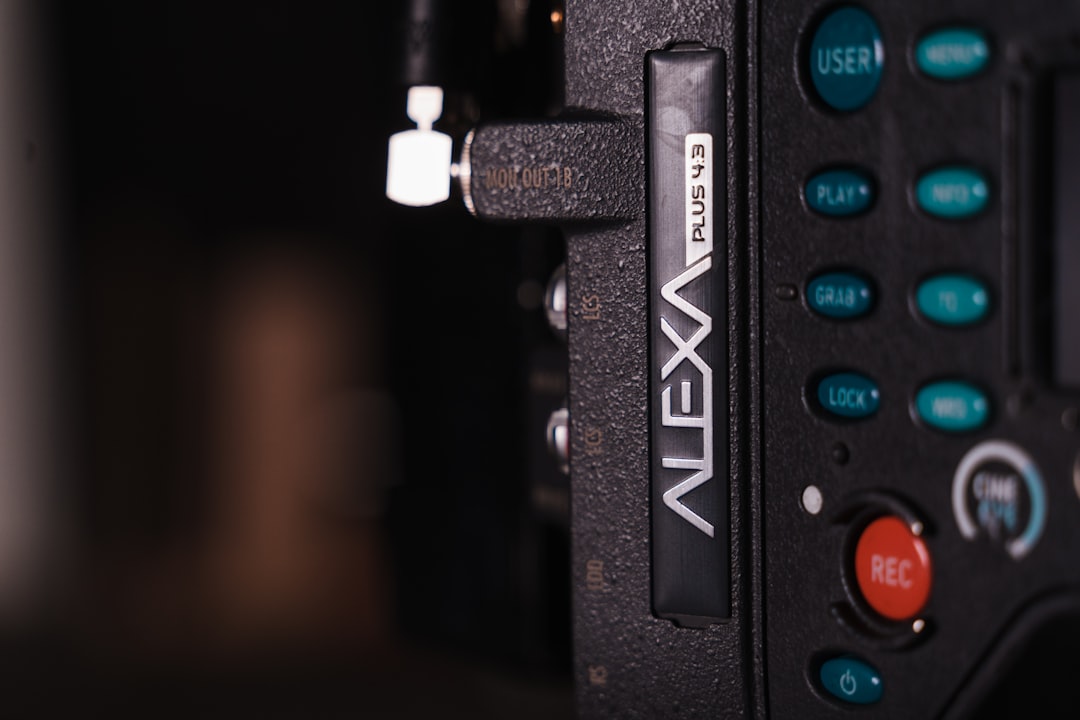The blinking Downstream (DS) light on a US cable modem, such as those used with Xfinity internet, usually indicates a problem with syncing to the service provider. If you’ve noticed that the DS light keeps blinking and doesn’t turn solid, it means the modem is having trouble receiving a signal or establishing a connection. This article explores the common reasons behind this issue and provides step-by-step solutions to fix the problem.
Understanding the Meaning of a Blinking DS Light
The DS light, or Downstream light, represents the modem’s connection to the incoming data stream provided by Xfinity. If this light remains blinking for an extended period, it may suggest:
- A service outage in your area
- Signal interference or poor coaxial cable connections
- Faulty or outdated modem hardware
- Improper modem configuration or firmware issues

Steps to Fix a Blinking DS Light
1. Check for Xfinity Service Outages
One of the first steps to take is checking whether there’s a regional outage. You can visit the Xfinity Service Status page or use the Xfinity app to see if there’s a known issue affecting your area.
2. Inspect Your Physical Connections
Loose or damaged cables can disrupt the signal. Check all the coaxial cable connections between the wall outlet, modem, and any splitters, ensuring they are:
- Securely tightened
- Undamaged and free from corrosion
- Connected using high-quality splitters if used
If possible, remove any unnecessary splitters and connect the modem directly to the wall outlet to improve signal strength.
3. Reboot Your Modem
Sometimes, a simple reboot can solve minor technical glitches. Follow these steps to perform a full restart:
- Unplug your modem’s power cord
- Wait for at least 60 seconds
- Plug the power cord back in and wait for 2–5 minutes
Observe the DS light. If it turns solid, your connection is restored. Otherwise, proceed to the next step.
4. Check Coaxial Outlet and Try Different Jack
If you’re still getting a blinking DS light, the coaxial outlet might be inactive or damaged. If your home has multiple coax outlets, try plugging the modem into a different one to test the signal from another source.

5. Reset Your Modem to Factory Settings
Performing a factory reset can help resolve configuration issues. Locate the small reset button (usually a pinhole), press and hold it for 10–15 seconds with a paperclip, and allow the modem to reboot.
Note: This step will reset all settings, including custom Wi-Fi names and passwords. Be prepared to set them up again.
6. Contact Xfinity Support for Further Assistance
If none of the above methods work, the solution may lie beyond your reach, such as problems with signal provisioning or defective equipment. Contact Xfinity Support and explain the steps you’ve already tried. In some cases, they may send a technician to inspect the lines or replace faulty equipment.
Preventive Tips
- Regularly update your modem firmware if applicable
- Use Xfinity-approved or certified modems
- Position your modem away from sources of electrical interference
FAQs
Q: What does it mean if the DS light blinks and then the modem restarts?
A: This could indicate a firmware crash or persistent loss of internet signal. Try factory resetting the modem or contact Xfinity for inspection.
Q: How long should the DS light blink before turning solid?
A: Under normal conditions, the DS light should stabilize within 1–2 minutes after rebooting. Longer durations may signal a deeper issue.
Q: Can an outdated modem cause a blinking DS light?
A: Yes, older or unsupported modems may not communicate well with the latest Xfinity infrastructure. Upgrading to a certified device can resolve compatibility problems.
Q: Will getting a new coaxial cable help?
A: If the current cable is damaged or degraded, replacing it may improve signal quality and fix DS light issues.
Q: Is a blinking DS light always an internet issue?
A: Not necessarily. It could also result from internal wiring issues, power surges, or modem malfunctions.
Resolving a blinking DS light on an Xfinity internet connection typically involves systematic troubleshooting. By following the above steps, users can often pinpoint the problem and restore connectivity quickly.



